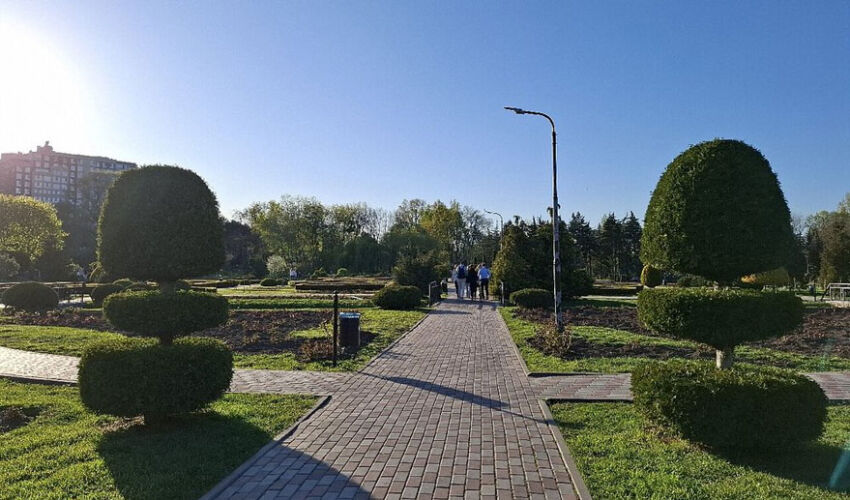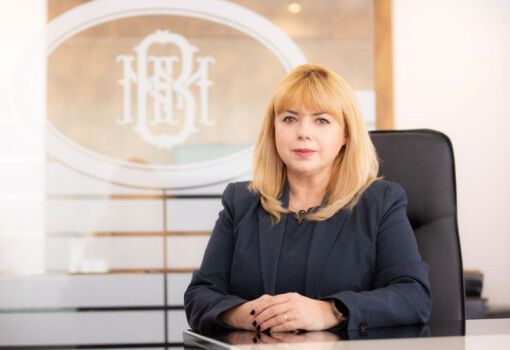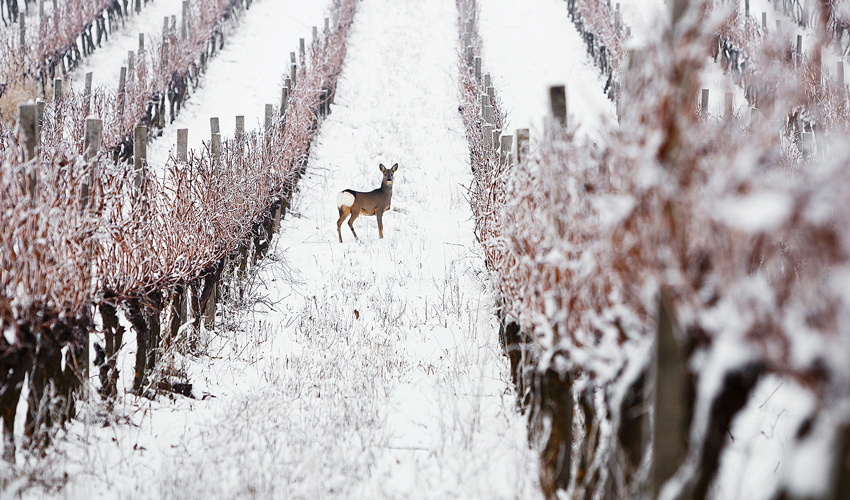
According to the National Bureau of Statistics, the length of illuminated sections of city streets reached 3.5 thousand kilometers. This ensured the degree of illumination in the country as a whole of 82.7%.
Last year, green spaces occupied only 12.8% of the built-up area in cities. Squares, gardens, parks and other public places occupy 69.0% of green areas. Another 18.6% are green spaces with limited access (sports parks, green spaces near educational institutions and housing, recreation areas for children and youth, etc.). Green spaces in tourist and recreational areas occupy 7.8%. Plantings of specialized profile (botanical, zoological, dendrological gardens, etc.) account for 2.7%, and the remaining 1.9% are plant areas for utilitarian purposes (for land consolidation, protection of water sources, etc.).
The distribution of urban green spaces by region shows that 66.1% (4.4 thousand ha) of the green spaces are located in Chisinau mun. Chisinau. This is followed by the Northern region (15.4%), Center (9.8%), Southern region (6.3%) and ATU Gagauzia – 2.4%. The top three urban localities with the largest area of green spaces, besides the capital, are muni. Balti (0.3 thousand ha) and Calarasi (0.2 thousand ha).
In 2024, the total length of urban streets in Moldova amounted to 4.2 thousand km, and the length of their illuminated sections – 3.5 thousand km. The highest indicator of street lighting is observed in urban settlements of ATU Gagauzia (96.3%) and Chisinau mun. Chisinau (91.1%). And the lowest level is in the Northern region (76.1%). Improvement of street lighting coverage (more than 90% of the total length of streets) was recorded in 21 urban settlements.
However, in 2024 in 6 cities (Cricova, Edinec, Glodeni, Frunze, Bukovets and Jargara) street lighting coverage is still to be brought to 50%. The lowest level of street lighting is recorded in Glodeni (29.8%) and Frunze (36.4%).













